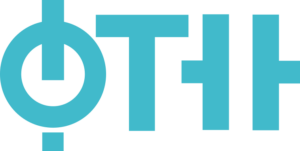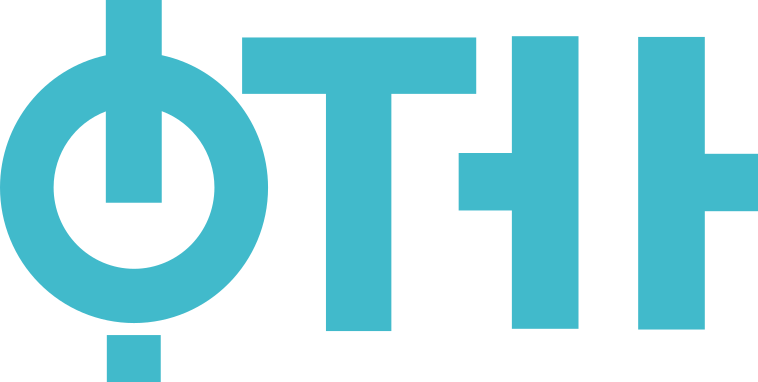Subject: Selected chapters of printing environment (17.FDS218 )
Study programmes of the course:
| Type of studies | Title |
|---|---|
| Doctoral Academic Studies | Graphic Engineering and Design (Year: 1, Semester: Winter) |
| Category | Academic-general educative |
| Scientific or art field | Grafičko inženjerstvo |
| ECTS | 10 |
The objective of the course is to acquire comprehensive knowledge and competencies of students on the impact of conventional and new technologies of the printing industry on the working and living environments, technologies for reducing or eliminating the harmful effects of hazardous waste printing streams on the environment, as well as specific environmental objectives. Through an interdisciplinary approach, students will be able to solve the problems of converting the waste printing streams into eco-friendly forms for disposal in the living and working environment, using modern methods.
Implementation of acquired theoretical and practical student knowledge in future independent professional work for analysing and solving of engineering problems related to pollution and management of generated waste printing streams. Studying subjects will contribute to the development of skills such as the interpretation and use of data sources, identification and quantitative analysis in the field of printing and living environment protection. Upon completion of the course, the student should be able to work independently, but also in communication with other team engineers, learned to design new solutions to engineering problems in existing and new technologies of the printing industry.
Theoretical teaching includes: Characterization and classification of air pollution sources, liquid waste streams and solid waste in the printing industry; Management, sustainable development and the life cycle of generated printing waste. Air pollution includes: Emission and immission of pollutants in the printing industry; Sampling methods for polluting gases; Qualitative and quantitative physical and chemical methods of air pollution analysis in the indoor and printing environment; Assessment of the efficiency of applied methods for environmentally acceptable conversion and disposal of gaseous printing waste streams in the work and living environment. Analysis of the liquid printing effluents includes: The sources of waste printing streams; Methods of effluents sampling; Qualitative and quantitative analysis of pollutants in the printing effluents using modern physical-chemical methods. The analysis of solid waste includes: classification, disposal and management of solid printing waste. Practical teaching involves the application of instrumental methods for the detection and quantification of pollutants in the waste printing streams.
The teaching of the course is conceived through independent research students work. The independent student's research work includes: analysis of adequate professional literature from the current field of research (air pollution, effluents or solid waste in the printing industry), experimental investigation and independent writing of the scientific paper. Within the framework of experimental research, students actively, independently and with the supervision of teachers, participate in the preparation and implementation of experiments using physical and chemical analysis methods on the available modern laboratory equipment. The entire student work is carried out with the consultations and mentoring of the teacher.
| Authors | Title | Year | Publisher | Language |
|---|---|---|---|---|
| 2004 | English | |||
| 2002 | English | |||
| 2004 | English | |||
| 2011 | English | |||
| 2001 | English | |||
| 2007 | English | |||
| 2010 | English | |||
| 2008 | English | |||
| 2006 | English | |||
| 2013 | English |
| Course activity | Pre-examination | Obligations | Number of points |
|---|---|---|---|
| Project | Yes | Yes | 50.00 |
| Oral part of the exam | No | Yes | 50.00 |
Prof. Miljana Prica
Full Professor
Lectures
Assoc. Prof. Savka Adamović
Associate Professor
Lectures
Faculty of Technical Sciences

© 2024. Faculty of Technical Sciences.
Contact:
Address: Trg Dositeja Obradovića 6, 21102 Novi Sad
© 2024. Faculty of Technical Sciences.



